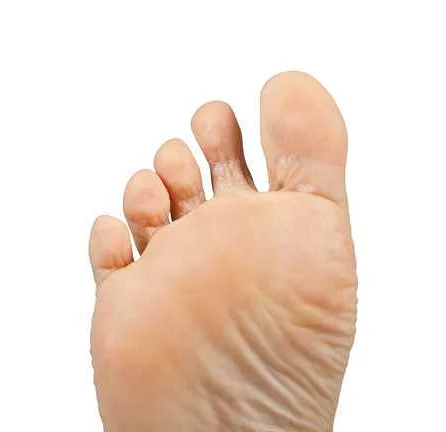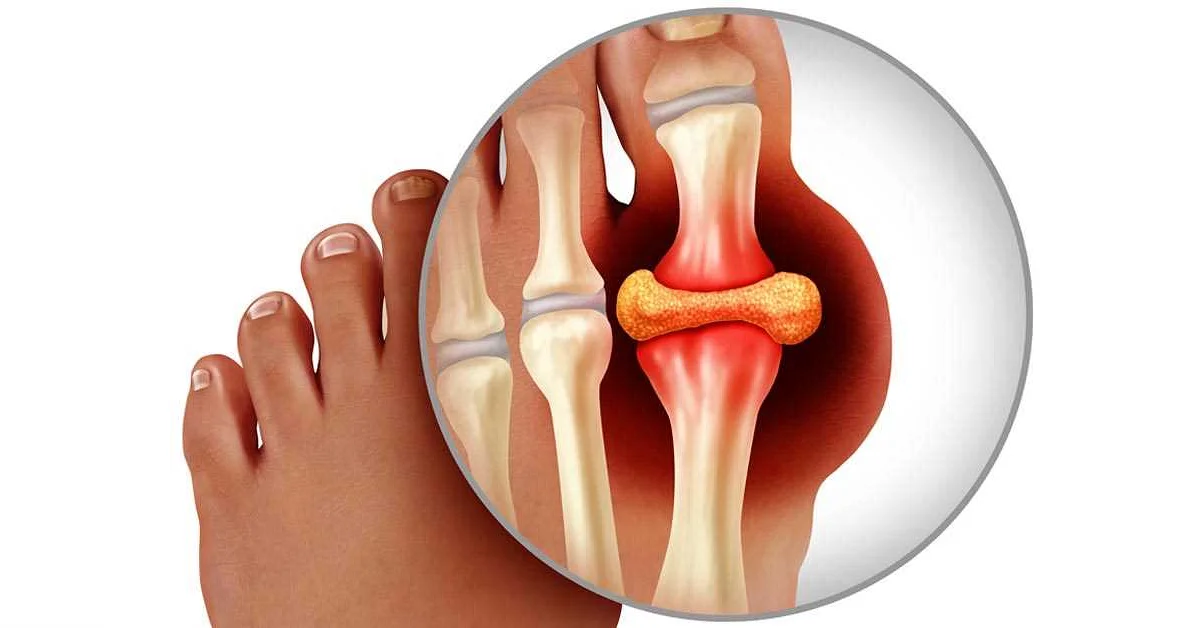Arthritis of the Toe: Symptoms and Treatment
Содержимое
Learn about the symptoms and treatment options for arthritis in the toe. Find out how to manage pain and improve mobility for this common condition.
Millions of people around the world suffer from toe arthritis, a condition characterized by inflammation and pain in the joints of the toes. This condition can greatly affect a person’s quality of life, making it difficult to walk, exercise, or even perform simple daily tasks. If you are experiencing symptoms of toe arthritis, it is important to understand the causes, symptoms, and treatment options available.
Toe arthritis can occur as a result of various factors, including age, genetics, and repetitive stress on the feet. The most common form of toe arthritis is osteoarthritis, which occurs when the protective cartilage in the joints breaks down over time. Rheumatoid arthritis, an autoimmune disease, can also affect the toes and cause inflammation and pain.
The symptoms of toe arthritis can vary from person to person, but common signs include pain, swelling, stiffness, and difficulty bending the affected toe. In some cases, the joint may become deformed, leading to a bunion or hammertoe. These symptoms can make it challenging to wear shoes and participate in physical activities.
Fortunately, there are several treatment options available for toe arthritis. Non-surgical treatments, such as medications, physical therapy, and orthotic devices, can help reduce pain and improve mobility. In more severe cases, surgical intervention may be necessary to repair or replace damaged joints.
If you are experiencing symptoms of toe arthritis, it is important to consult with a healthcare professional for an accurate diagnosis and appropriate treatment plan. With proper management, individuals with toe arthritis can find relief and regain their ability to engage in activities they enjoy.
Symptoms of Toe Arthritis

Toe arthritis is a condition that causes inflammation and pain in the joints of the toes. It can affect any of the toes, but most commonly affects the big toe. If you are experiencing any of the following symptoms, you may have toe arthritis:
- Pain: Arthritis in the toe can cause persistent pain. The pain may range from mild to severe, and is often worse during movement or after prolonged periods of rest.
- Swelling: Inflammation in the toe joints can cause swelling. The affected area may appear red and feel warm to the touch.
- Stiffness: Arthritis can cause stiffness in the toe joints, making it difficult to move the toe freely. This can impact everyday activities such as walking or bending the toe.
- Tenderness: The affected toe joint(s) may be tender to the touch. Even light pressure can cause discomfort.
- Joint deformity: Over time, toe arthritis can lead to joint deformity. The affected toe may appear crooked or bent, and the joint may become enlarged.
- Decreased range of motion: Arthritis can limit the range of motion in the toe joints. You may find it difficult to flex or extend the toe fully.
If you are experiencing any of these symptoms, it is important to consult with a healthcare professional for an accurate diagnosis and appropriate treatment options. Early intervention can help manage symptoms and prevent further joint damage.
Note: This article is for informational purposes only and should not be considered medical advice. Always consult with a qualified healthcare professional for diagnosis and treatment options.
Pain and stiffness
One of the most common symptoms of toe arthritis is pain and stiffness in the affected joint. The pain can range from mild to severe, and may be constant or intermittent. It is often worse in the morning or after periods of rest, and may improve with movement.
The stiffness in the joint can make it difficult to move the toe, and may cause it to feel like it is “stuck” or “locked” in place. This can make it challenging to walk or perform normal activities.
In addition to pain and stiffness, some people with toe arthritis may also experience swelling and redness in the affected joint. These symptoms can further limit movement and increase discomfort.
If you are experiencing pain and stiffness in your toe joint, it is important to see a healthcare professional for an accurate diagnosis and appropriate treatment. They can help determine the underlying cause of your symptoms and develop a management plan tailored to your needs.
Treatment options for pain and stiffness in toe arthritis may include medications to reduce inflammation and relieve pain, physical therapy to improve joint function and flexibility, and lifestyle changes such as losing weight and wearing supportive footwear. In severe cases, surgery may be necessary to repair or replace the damaged joint.
Overall, managing pain and stiffness in toe arthritis requires a comprehensive approach that addresses both the symptoms and underlying cause of the condition. With the right treatment and self-care strategies, it is possible to reduce pain, improve joint function, and maintain an active and fulfilling lifestyle.
Swelling and redness

Swelling and redness are common symptoms of toe arthritis. When the joints in the toe become inflamed, they can cause swelling and redness in the affected area. The swelling may make the toe appear larger or misshapen and can lead to difficulty wearing shoes or walking comfortably.
Redness is often associated with inflammation and can accompany the swelling. The affected area may feel warm to the touch and may be tender or painful.
If you notice swelling and redness in your toe joints, it is important to seek medical attention. A healthcare professional can evaluate your symptoms and provide a proper diagnosis. They may recommend treatments such as medication, physical therapy, or lifestyle changes to help manage the swelling and redness associated with toe arthritis.
- Elevating the affected foot can help reduce swelling.
- Applying ice packs to the area for short periods of time may also provide relief.
- Wearing comfortable and supportive shoes can help alleviate pressure on the toes.
- Avoiding high-impact activities and maintaining a healthy weight can also help reduce stress on the joints.
It’s essential to follow your healthcare provider’s recommendations and to communicate any changes in symptoms. With proper management and treatment, swelling and redness associated with toe arthritis can be minimized, allowing you to maintain a higher quality of life.
Difficulty in walking
One of the common symptoms of toe arthritis is difficulty in walking. As the arthritis progresses, it can lead to joint stiffness, pain, and swelling, which can make it painful and challenging to walk.
People with toe arthritis may experience pain and discomfort in the affected toe, making it difficult to put weight on the foot and walk normally. The pain may worsen with activity and improve with rest.
In some cases, the toe joint may become stiff and lose its range of motion, further contributing to difficulty in walking. The limited range of motion can result in a limp or altered gait pattern.
To alleviate the difficulty in walking caused by toe arthritis, it is important to consult a healthcare professional for an accurate diagnosis and appropriate treatment plan. Treatment options may include pain medications, physical therapy exercises, orthotic devices, and in severe cases, surgical intervention.
Additionally, lifestyle modifications such as wearing supportive footwear, maintaining a healthy weight, and avoiding high-impact activities can help reduce the symptoms and improve walking ability.
If you are experiencing difficulty in walking due to toe arthritis, it is essential to seek medical attention to manage the condition effectively and maintain your mobility.
Treatment for Toe Arthritis
When it comes to treating toe arthritis, there are several options available depending on the severity of the condition. The goal of treatment is to reduce pain, improve function, and slow down the progression of the disease. Here are some common treatment options for toe arthritis:
| Medications | Nonsteroidal anti-inflammatory drugs (NSAIDs) can help relieve pain and reduce inflammation in the toe joints. In some cases, corticosteroid injections may be recommended to provide temporary relief. |
| Physical Therapy | A physical therapist can provide exercises and stretches to improve the strength and flexibility of the toe joints. This can help reduce pain and improve overall function. |
| Orthotics | Custom-made shoe inserts, known as orthotics, can help support the toe joints and provide cushioning. They can help reduce pain and improve walking ability. |
| Assistive Devices | Toe splints or braces can provide support and stability to the affected toe joints. They can help reduce pain and improve function while walking or performing daily activities. |
| Weight Management | Maintaining a healthy weight can help reduce the stress on the toe joints and slow down the progression of arthritis. Losing weight, if necessary, can help improve symptoms. |
| Surgery | In severe cases of toe arthritis that do not respond to conservative treatments, surgery may be recommended. Surgical options may include joint fusion or joint replacement. |
It is important to consult with a healthcare professional for an accurate diagnosis and to discuss the most appropriate treatment options for toe arthritis. They can provide personalized recommendations based on the individual’s specific needs and goals.